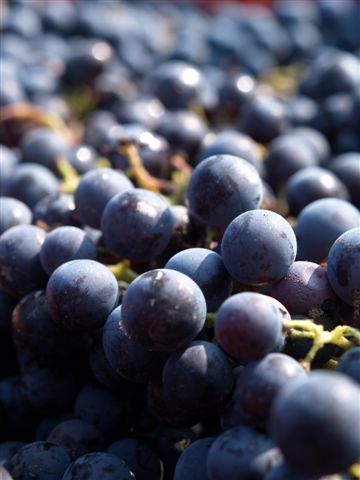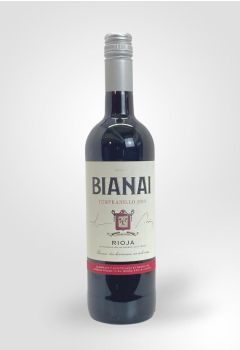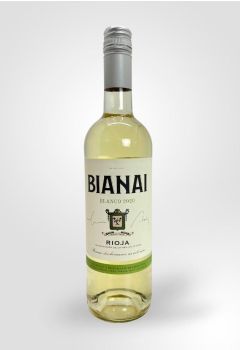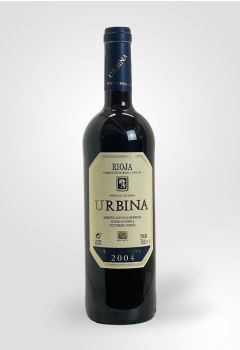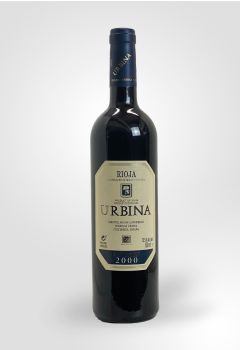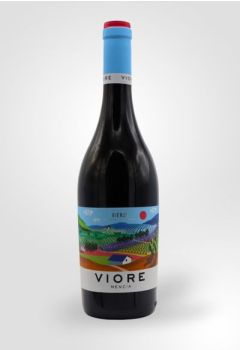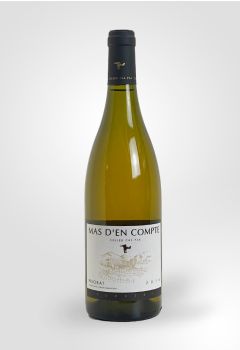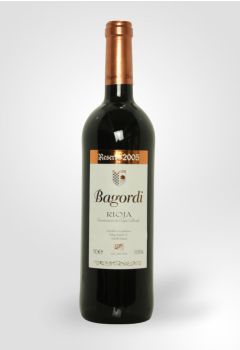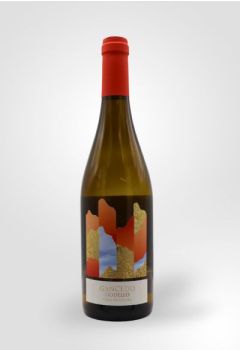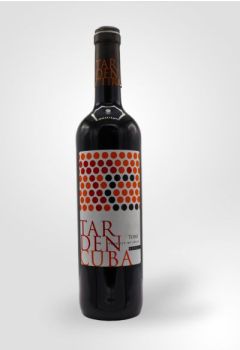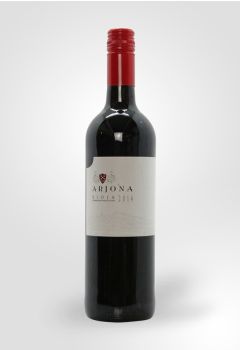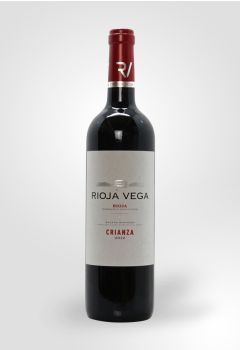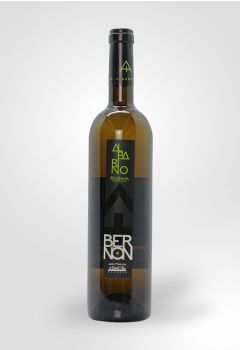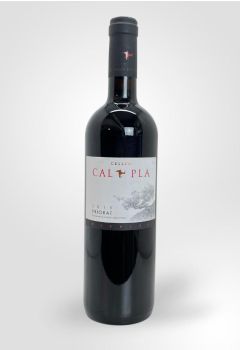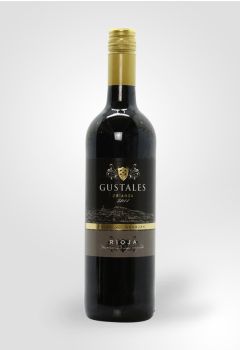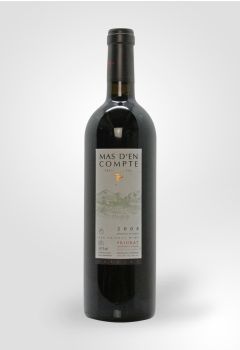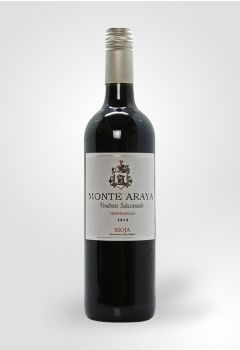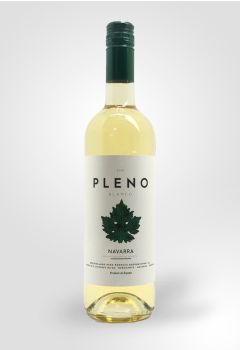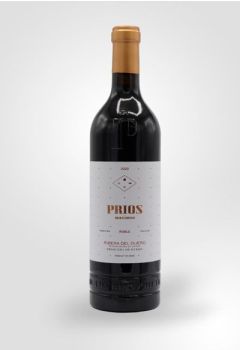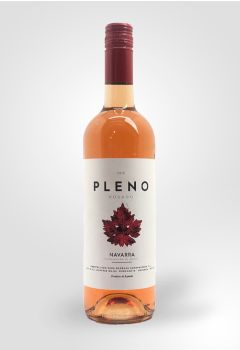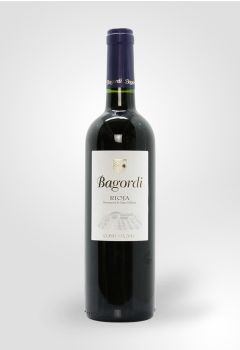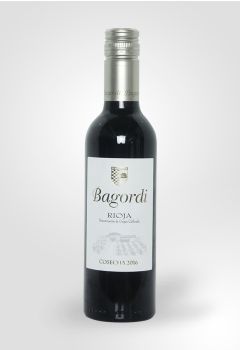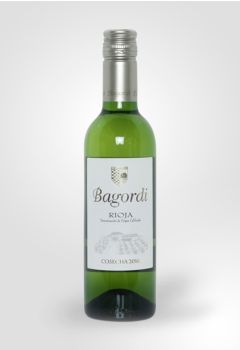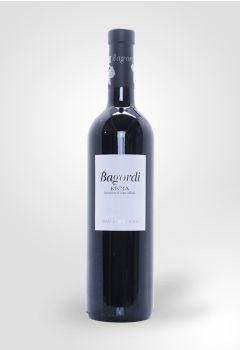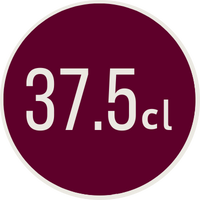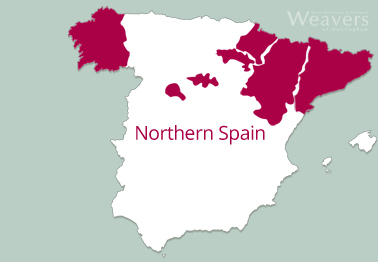
-
- Origin
- Spain
- Rioja
Brilliant, pale straw yellow in colour with greenish hues. Fruity, varietal bouquet with a fresh mouthfeel and good balance. Read More- Origin
- Spain
- Rioja
Brilliant, pale straw yellow in colour with greenish hues. Fruity, varietal bouquet with a fresh mouthfeel and good balance. Read More -
- Origin
- Spain
- Rioja
An excellent Gran Reserva Rioja which seduces you with expressive aromas of black fruit, leather and cedar that carry onto a wonderfully rounded palat... Read More- Origin
- Spain
- Rioja
An excellent Gran Reserva Rioja which seduces you with expressive aromas of black fruit, leather and cedar that carry onto a wonderfully rounded palat... Read More -
- Origin
- Spain
- Rioja
Made from the best, 20-year-old Tempranillo grapes of the acclaimed Urbina estate, this stunning Rioja expresses intense aromas and flavours of dark b... Read More- Origin
- Spain
- Rioja
Made from the best, 20-year-old Tempranillo grapes of the acclaimed Urbina estate, this stunning Rioja expresses intense aromas and flavours of dark b... Read More -
- Origin
- Spain
- Bierzo
Deep red cherry colour with violet shades. Intense aromas of red fruits; strawberry and cherry, as well as fine mineral hints. Well-structured, easy d... Read More- Origin
- Spain
- Bierzo
Deep red cherry colour with violet shades. Intense aromas of red fruits; strawberry and cherry, as well as fine mineral hints. Well-structured, easy d... Read More -
- Origin
- Spain
- Catalunya
- Priorat
A stunning, full-bodied and creamy white from Priorat. Aromas of white fruit, roasted cedar and hints of dried fruit evolve into a round palate filled... Read More- Origin
- Spain
- Catalunya
- Priorat
A stunning, full-bodied and creamy white from Priorat. Aromas of white fruit, roasted cedar and hints of dried fruit evolve into a round palate filled... Read More -
- Origin
- Spain
- Rioja
Tempranillo richness, ripe dark fruit, hints of vanilla and spice, structured tannins, well-integrated oak and a lingering, velvety finish. A beautifu... Read More- Origin
- Spain
- Rioja
Tempranillo richness, ripe dark fruit, hints of vanilla and spice, structured tannins, well-integrated oak and a lingering, velvety finish. A beautifu... Read More -
- Origin
- Spain
- Toro
Cherry colour with garnet rim. Expressive aroma, floral, fresh fruit & sweet spice with a similar palate with sweet tannins Read More- Origin
- Spain
- Toro
Cherry colour with garnet rim. Expressive aroma, floral, fresh fruit & sweet spice with a similar palate with sweet tannins Read More -
- Origin
- Spain
- Rioja
A bright ruby-red in colour with shades of violet, typical in its youth. The aroma is open and fruity with light touches of vanilla and other spices. Read More- Origin
- Spain
- Rioja
A bright ruby-red in colour with shades of violet, typical in its youth. The aroma is open and fruity with light touches of vanilla and other spices. Read More -
- Origin
- Spain
- Rioja
A velvety and well-structured red Rioja with aromas of ripe fruit (blackcurrants and cherry), toasted cinnamon, caramelised toffee and butter. Read More- Origin
- Spain
- Rioja
A velvety and well-structured red Rioja with aromas of ripe fruit (blackcurrants and cherry), toasted cinnamon, caramelised toffee and butter. Read More -
- Origin
- Spain
- Rioja
This excellent barrel-fermented white Rioja has a yellow green colour and an intense nose of clean citrus fruit, pleasant toastiness with subtle notes... Read More- Origin
- Spain
- Rioja
This excellent barrel-fermented white Rioja has a yellow green colour and an intense nose of clean citrus fruit, pleasant toastiness with subtle notes... Read More -
- Origin
- Spain
- Rias Baixas
Pale yellow in colour, this citrus fresh wine has delicious fruity flavours paired with citric, mineral aromas. Soft and rounded on the palate with li... Read More- Origin
- Spain
- Rias Baixas
Pale yellow in colour, this citrus fresh wine has delicious fruity flavours paired with citric, mineral aromas. Soft and rounded on the palate with li... Read More -
- Origin
- Spain
- Catalunya
- Priorat
Another stunning red from Joan Sangenis. Packed with opulent damson fruits with hints of liquorice, chocolate and mountain herbs that are harmonised b... Read More- Origin
- Spain
- Catalunya
- Priorat
Another stunning red from Joan Sangenis. Packed with opulent damson fruits with hints of liquorice, chocolate and mountain herbs that are harmonised b... Read More -
- Origin
- Spain
- Rioja
A traditional-style Rioja with aromas of black and red fruit paired with juicy plum and strawberry flavours. Silky smooth, yet complex red wine. Read More- Origin
- Spain
- Rioja
A traditional-style Rioja with aromas of black and red fruit paired with juicy plum and strawberry flavours. Silky smooth, yet complex red wine. Read More -
- Origin
- Spain
- Priorat
Ink ruby in colour with attractive aromas of blackberry, raspberry and dark chocolate as well as hints of cinnamon, nutmeg and aromatic herbs. Very pr... Read More- Origin
- Spain
- Priorat
Ink ruby in colour with attractive aromas of blackberry, raspberry and dark chocolate as well as hints of cinnamon, nutmeg and aromatic herbs. Very pr... Read More -
- Origin
- Spain
- Rioja
As Rioja goes, this is a very light and approachable style. It has a ripe cherry fruit character which combines well with savoury and spicy notes to c... Read More- Origin
- Spain
- Rioja
As Rioja goes, this is a very light and approachable style. It has a ripe cherry fruit character which combines well with savoury and spicy notes to c... Read More -
- Origin
- Spain
- Navarra
Bright straw yellow in colour with an intense fruity aroma, this wine has a smooth, dry, yet fresh and well-balanced finish. Read More- Origin
- Spain
- Navarra
Bright straw yellow in colour with an intense fruity aroma, this wine has a smooth, dry, yet fresh and well-balanced finish. Read More -
- Origin
- Spain
- Ribera Del Duero
A very rounded, silky smooth red with aromas of cherries, ripe blackberries and hints of brioche and toasted nuts. Red fruit and chocolate notes evolv... Read More- Origin
- Spain
- Ribera Del Duero
A very rounded, silky smooth red with aromas of cherries, ripe blackberries and hints of brioche and toasted nuts. Red fruit and chocolate notes evolv... Read More -
- Origin
- Spain
- Navarra
This wine has an attractive bright raspberry pink colour with an intensely aromatic aromas of fruits and flowers. Fresh and fruity in the mouth with a... Read More- Origin
- Spain
- Navarra
This wine has an attractive bright raspberry pink colour with an intensely aromatic aromas of fruits and flowers. Fresh and fruity in the mouth with a... Read More -
- Origin
- Spain
- Rioja
A pronounced nose of intense redcurrant fruit is joined on the palate by summer berries and soft spice. Half bottle size. Read More- Origin
- Spain
- Rioja
A pronounced nose of intense redcurrant fruit is joined on the palate by summer berries and soft spice. Half bottle size. Read More -
- Origin
- Spain
- Rioja
White wine from Rioja (half bottle) with a good balance between acidity and fruitiness, accompanied by intense aromas of ripe fruit, citrus and flower... Read More- Origin
- Spain
- Rioja
White wine from Rioja (half bottle) with a good balance between acidity and fruitiness, accompanied by intense aromas of ripe fruit, citrus and flower... Read More -
- Origin
- Spain
- Rioja
Great aromatic intensity and elegance, where the mature fruit dominates with hints of quince jam, figs, almond liquor, and pure cocoa assembled with b... Read More- Origin
- Spain
- Rioja
Great aromatic intensity and elegance, where the mature fruit dominates with hints of quince jam, figs, almond liquor, and pure cocoa assembled with b... Read More
Styles of Wine
Rioja and Ribera del Duero produce some of the world's finest red wines and are strictly regulated. The terms joven, crianza, reserva and gran reserva refer to how long the wine has been aged before release - in oak barrels and the bottle - and each has a markedly different style. Cava is produced in various pockets throughout Spain but the bulk comes out of Catalonia in the north. The Cava wineries are very modern but use the same traditional techniques as Champagne. Navarra is well known for its rosés and Galicia is the home of excellent whites that go perfectly with the seafood of the district.
Key Varieties
International vines such as Chardonnay, Cabernet Sauvignon, Sauvignon Blanc and even Gewürztraminer have all been successfully grown in Northern Spain, but it is the traditional grape varieties that hold the greatest interest. Tempranillo is the star, but Garnacha, Cariñena (known as Grenache and Carignan in France) and Graciano are other marvellous reds and Albariño, Godello and Viura are whites that are capable of greatness.
Climate and Topography
The region is wide and diverse, hence the variety of wines. Weather coming in off the Atlantic is the influence on Galicia, whilst the warmer Mediterranean holds sway over Catalonia. In-between these two districts there's more variety still, especially in height and temperature, and conditions will vary vastly from one year to another. The wines of Ribera del Duero, for example, will be predominantly Tempranillo in drier years but Cabernet Sauvignon when it is wet. Other than to say that they allow for excellent wines, it is impossible to generalize about the climate and conditions of Northern Spain.
